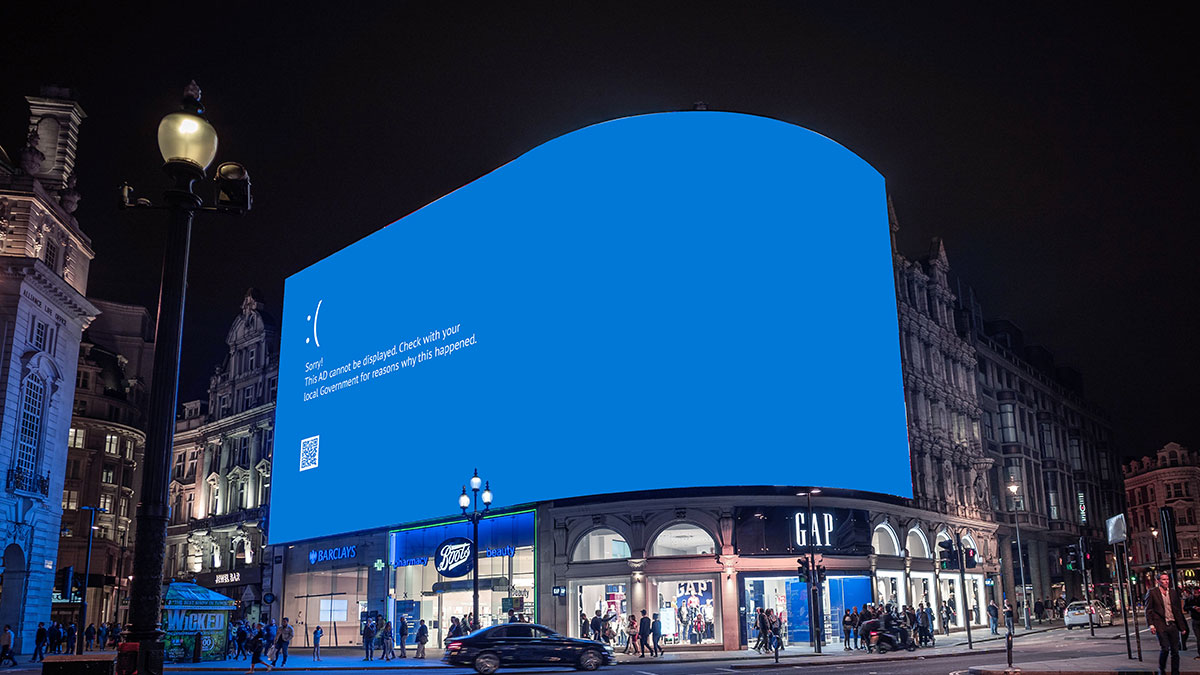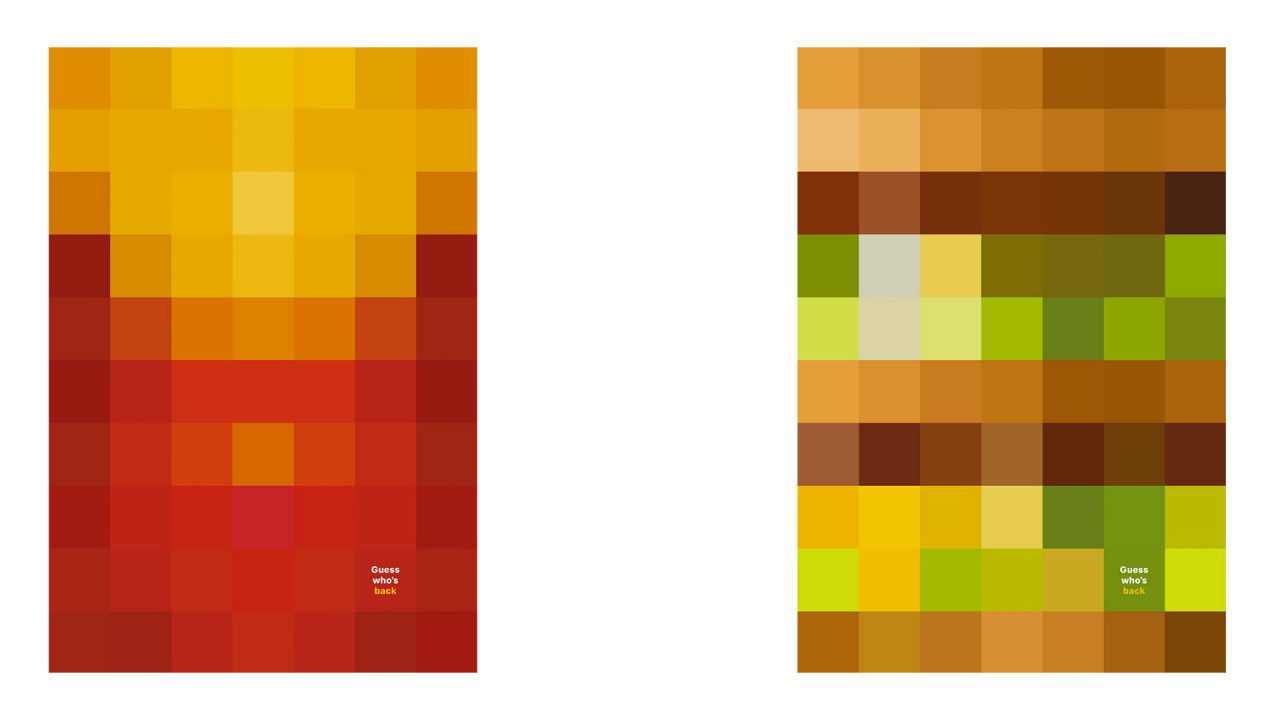
The winter of 2021 has been a banner year for banning ads in several European countries, and there’s more to come. The UK outlawed fast food advertising before 21pm on TV and Spain announced similar measures for 2022.
The global Overton window has clearly shifted, and banning advertisements that promote certain food groups to certain age groups is now something we deem acceptable.
Here’s my – perhaps surprising – take: This will work. As an ad-man, I know that ads are effective, so banning them will see an immediate effect. This ban should get us all the Effies (#alltheeffies) because obviously what we do works.
Note that, when I say that I think this will work, I’m not saying that I support banning things and that this is the only thing that will work in the fight against childhood obesity. I actually believe that a fat and sugar tax – or the opposite (a low tax rate on healthy products) will be just as effective. This way, you’re allowing the free market to do what they do and trusting consumers to make their own wise choices, with a little help. But here we are, finding the fix in censorship.
There are many tools at our disposal and banning ads might be one of the most technically complicated. It’s a measure developed by folks that grew up with linear tv – not people growing up playing Roblox, watching Netflix, and paying for YouTube premium.
Why are these ads so effective? Why do these spots cut through? Often the answer can be summarised in two words: culinary identity.
A culinary identity is a strategy that dictates a brand’s choices in food depiction. It does so by translating brand values (or the brand’s DNA) into relevant culinary equivalents, making your product into a distinctive brand asset.
In fast food, the dish itself is usually clearly defined by operations. But we like to look at choices: How do we show the food to our consumers? What do we surround the food with? In which stage does it tell your brand’s story best? How do we frame, light, dress, style, color grade, move, grab, or bite it? Those should be strategic decisions rather than tactical.
This is why the folks over at McDonald’s don’t need to work with mouth-watering pictures of Big Macs to incite lust. The culinary identity of the product is so strong that they can pixelate it (TBWA France):

Or even just use words and colors (Leo Burnett London):

They spent years working hard into making the food the brand asset – which gave them a lot of room to play and be more effective than competitors and, more importantly, other categories.
That we are taking out a proverbial bazooka to stop kids from seeing this, in a sense, is testament to the success of the concept of a strong culinary identity. It is time that healthy, plant-based, sustainable food products catch up and start taking their culinary identity as seriously as the fast-food chains have.
Right now, it’s an asymmetrical fight: Strong culinary identities with big budgets fight against products with weak identities. The silver lining is that money is pouring into the health food industry – so there’s hope.
Our brains are wired to guide our hands towards foods with high-calorie content. Human spatial memory, the specific part of our memory that knows where things are located, seems to be programmed to prefer fatty foods over food that’s low in calories – a process focused on survival, Rachelle de Vries found in research for Wageningen University. Our world may have evolved, but our bodies and brains haven’t caught up yet.
This gives fast food companies a massive advantage in advertising and imprinting their culinary identity on consumers. There’s hope though: The more you’re exposed to certain (healthier) foods, the more likely you are to make healthier food choices. It’s a matter of repetition – and strong advertising.
So here’s a call to all brands that make actual nutritional products: There’s a vast opportunity for you to create strong culinary identities and to fill the void that the great ad ban of 2021 left. That might end up being the silver lining for the food advertising industry.
Cover image source: Lukas Hartmann